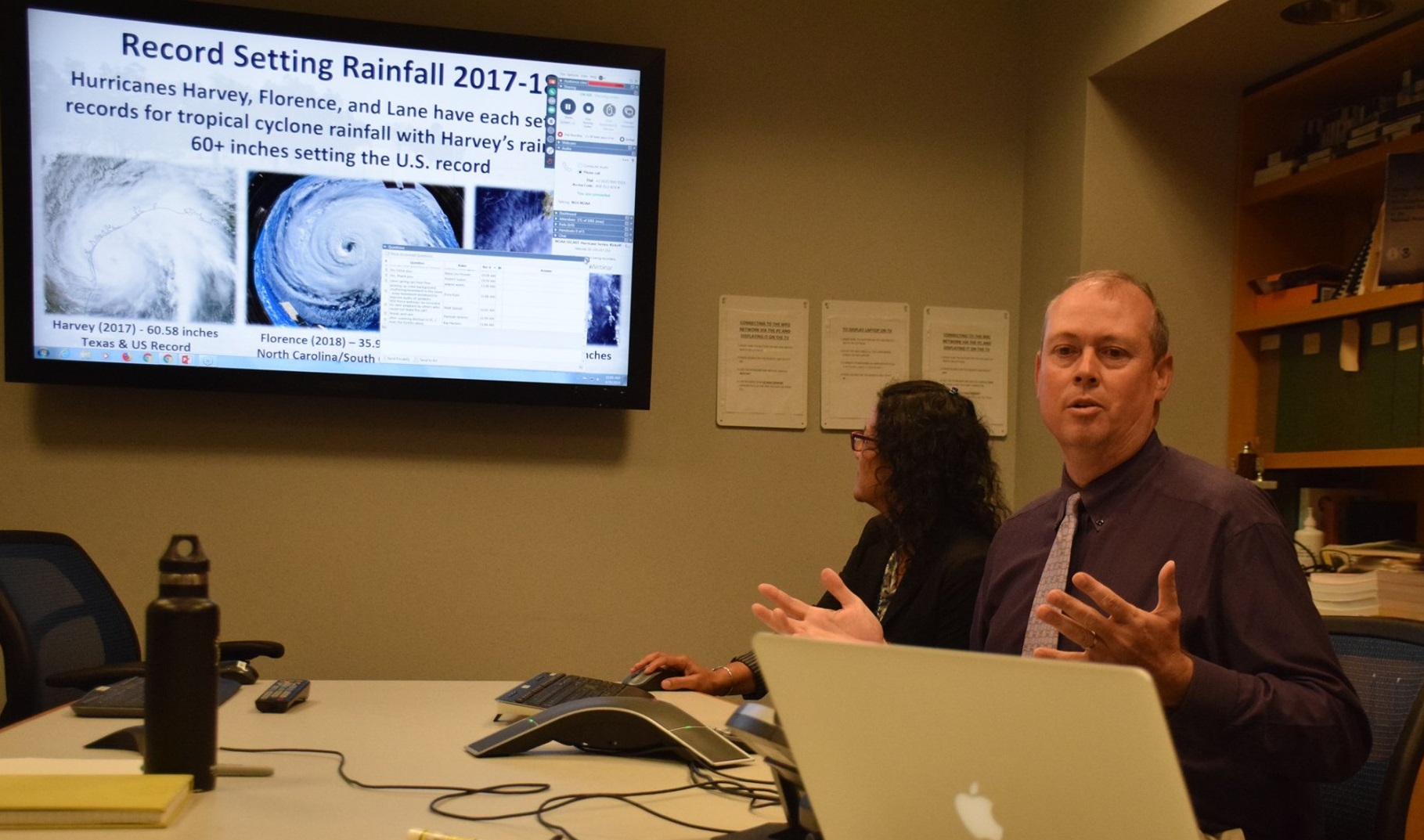
The NWS Science and Technology Integration-Modeling Program Office is coordinating with partners to establish a UFS Webinar Series. The goal of these webinars is to share advancements in science and technology in all aspects of the UFS, in both research and operational settings. We welcome speakers from NOAA and other collaborating organizations. Speakers can be recommended using the Speaker Recommendation Form.
The webinars are tentatively held monthly at 3pm EST every second Thursday, and registration is required to participate
Subscribe to webinar announcements here
Register for the upcoming webinar here
Next Webinar:
WHEN:
PRESENTERS:
TOPIC:
ABSTRACT:
Past Webinars:
